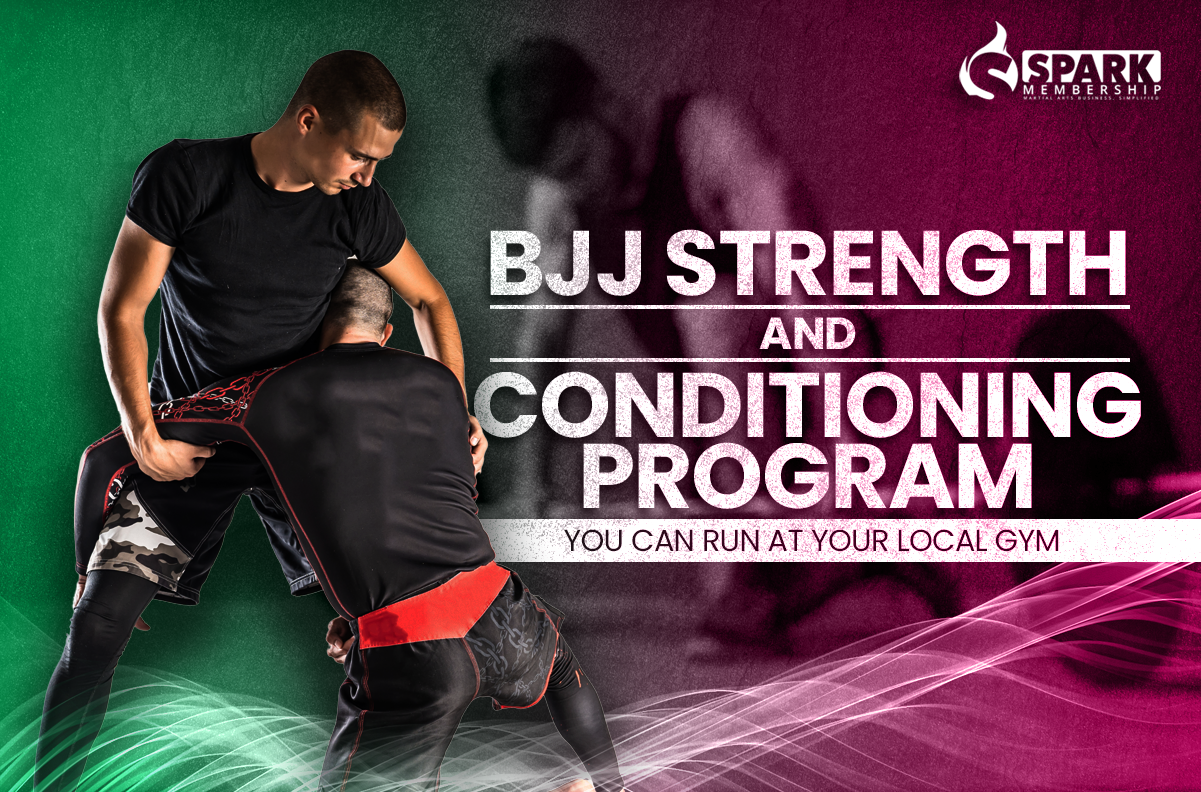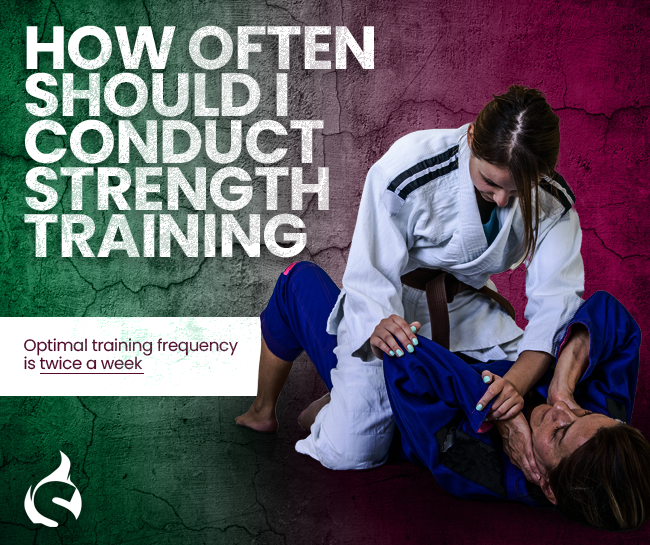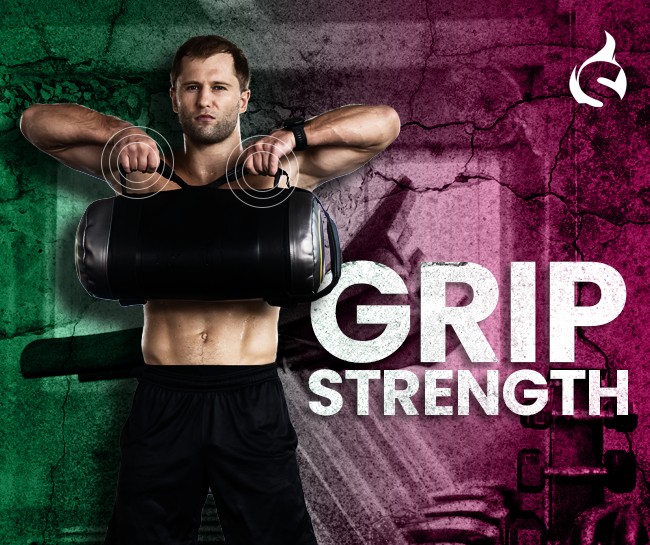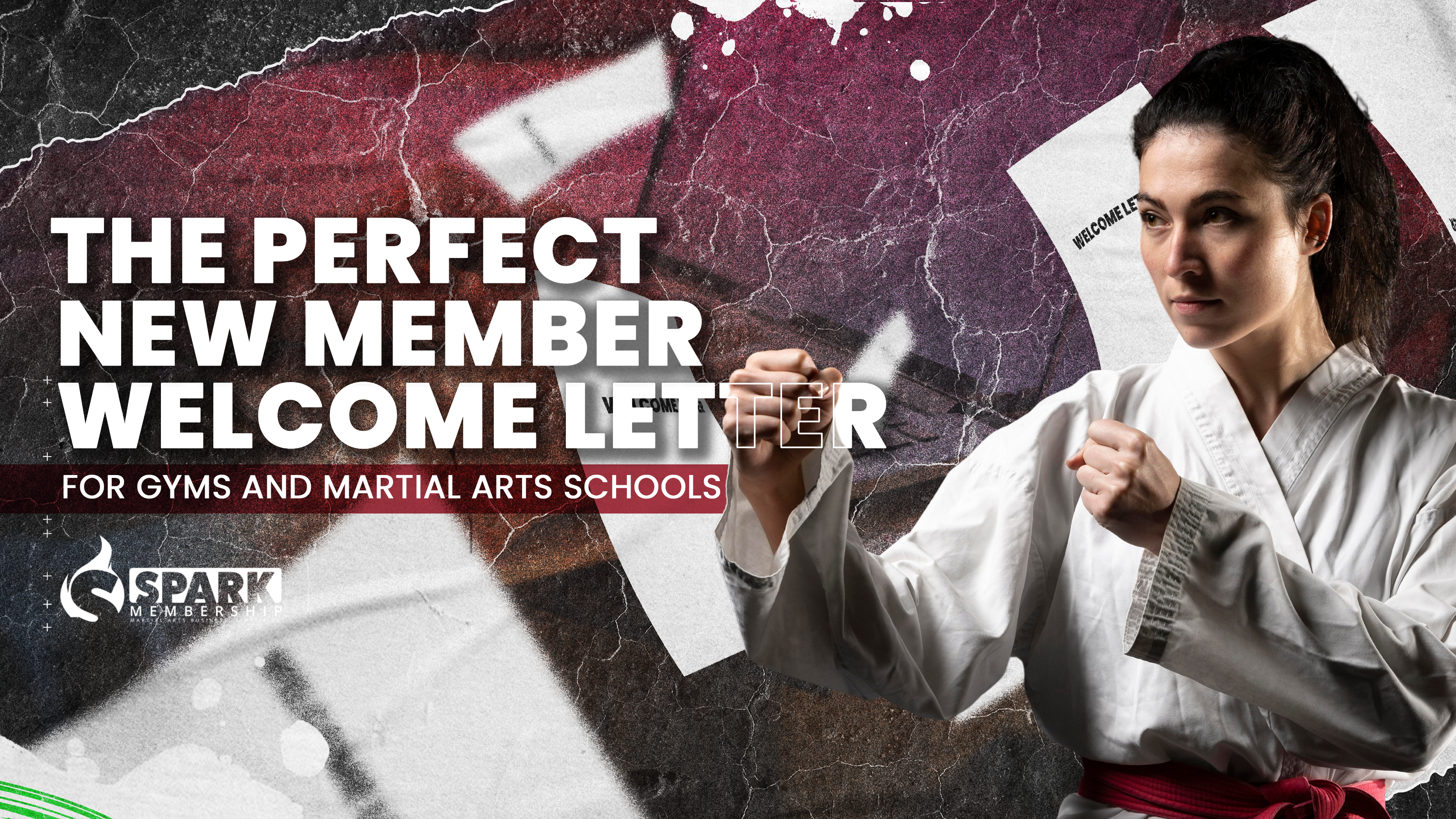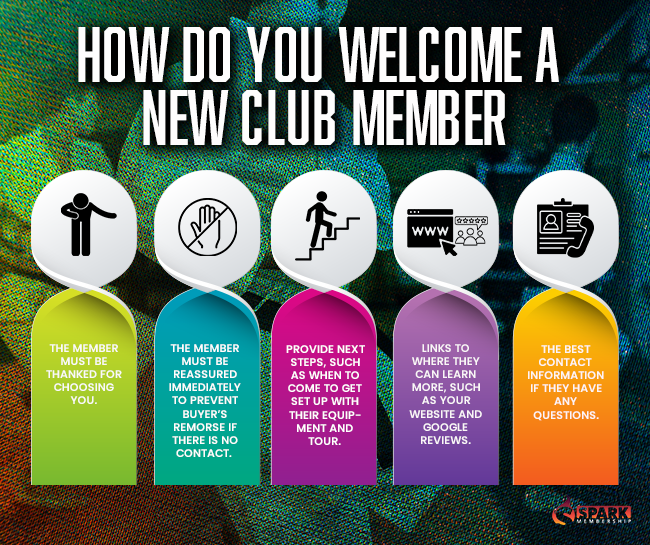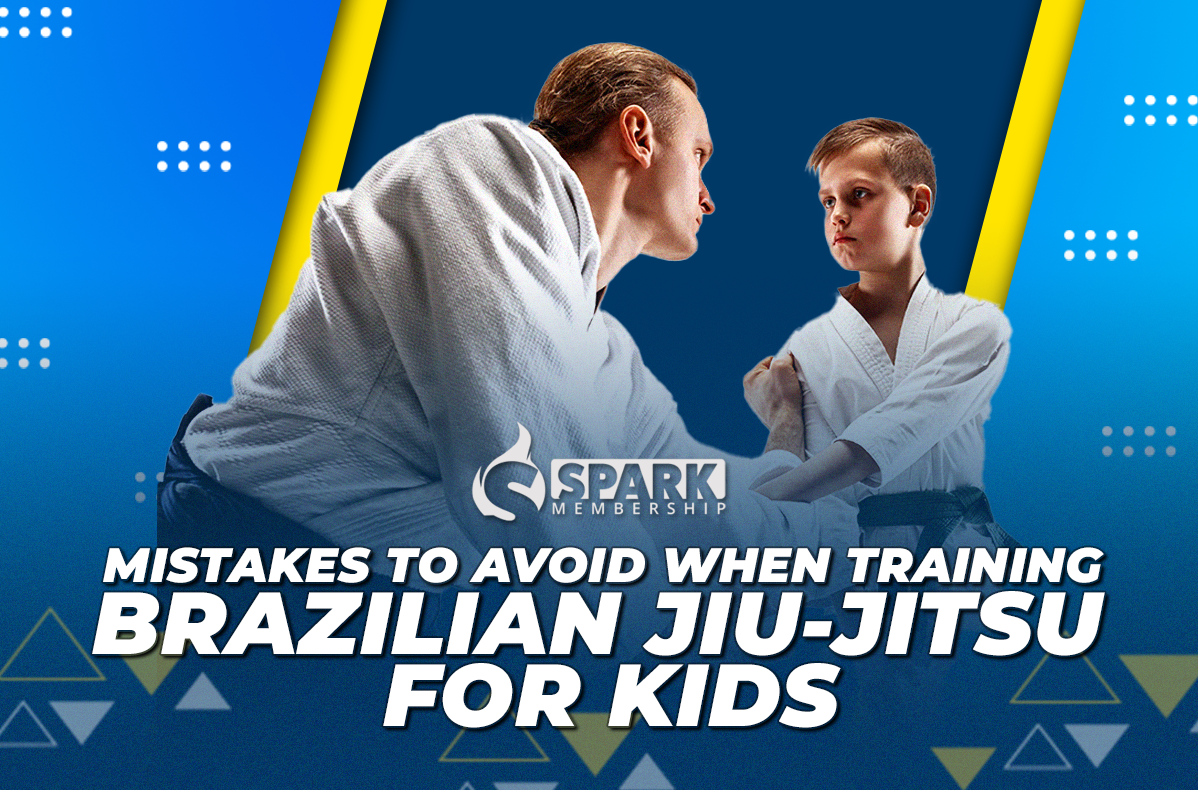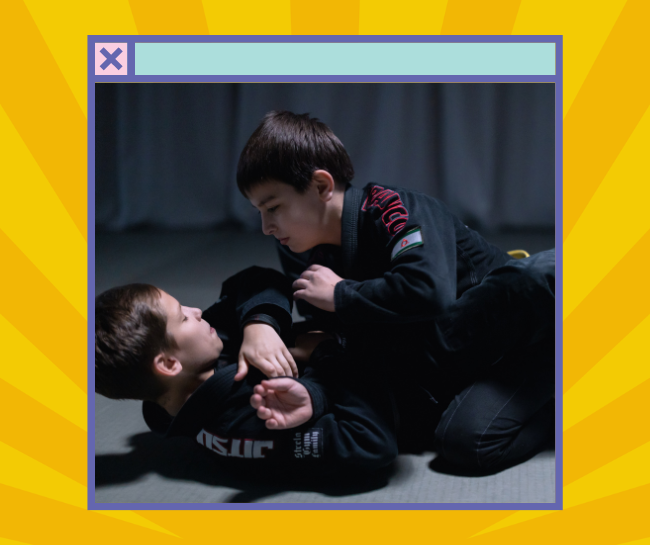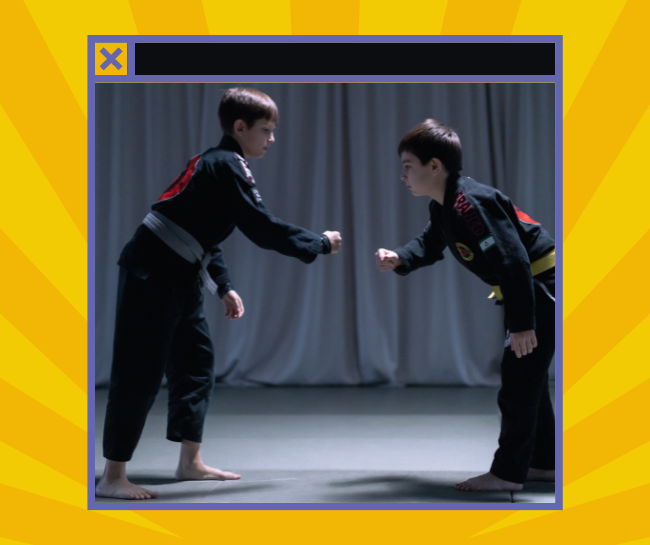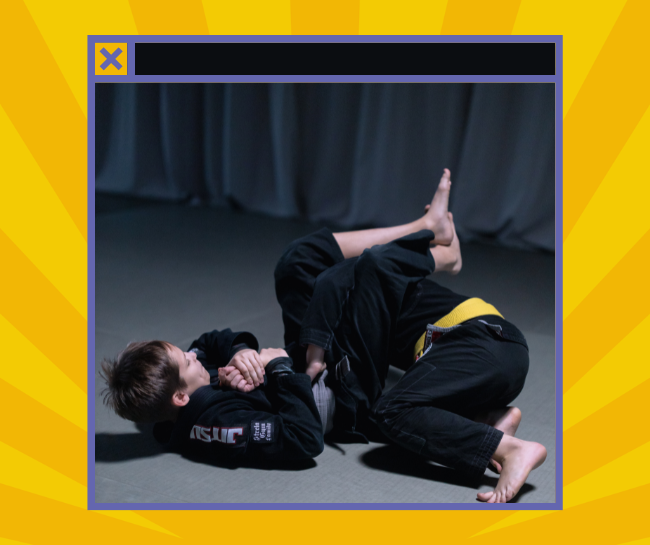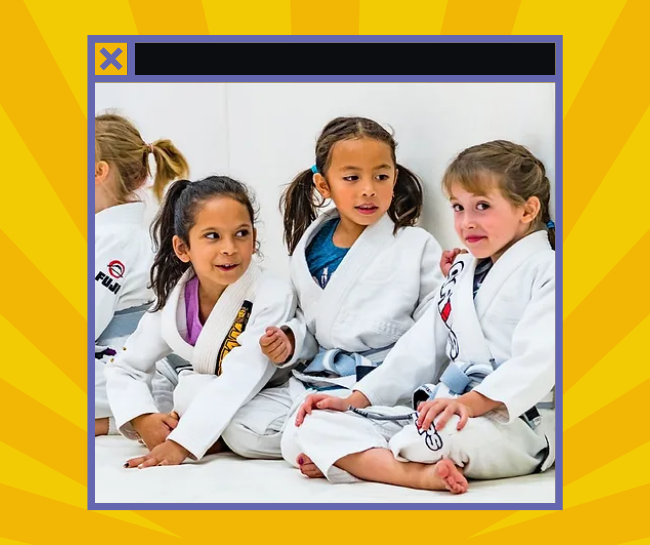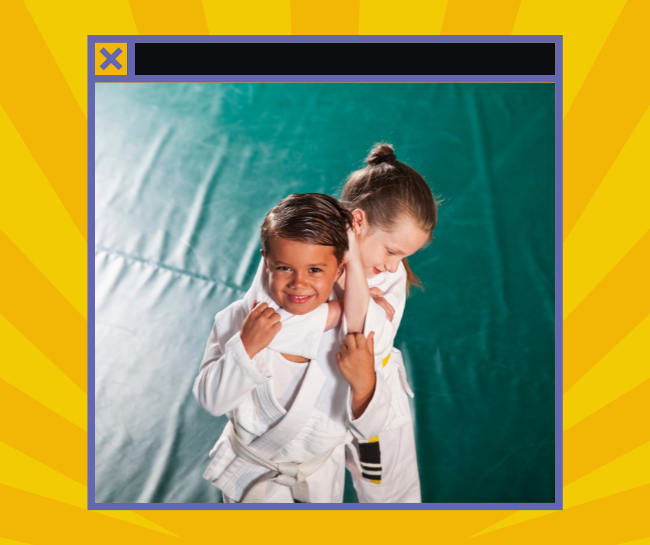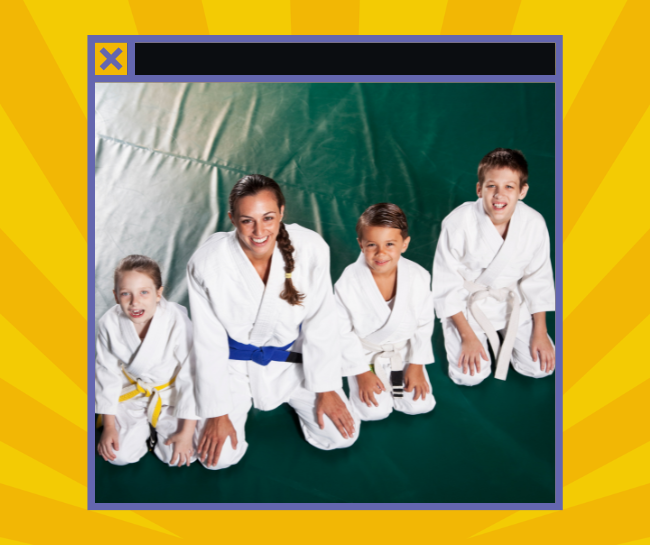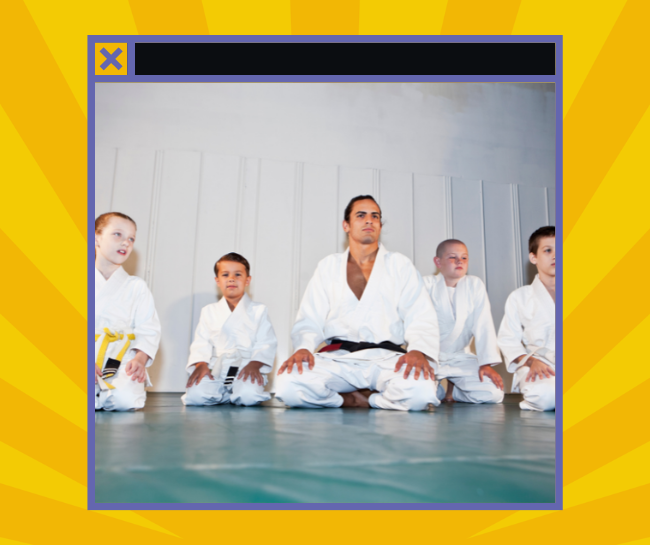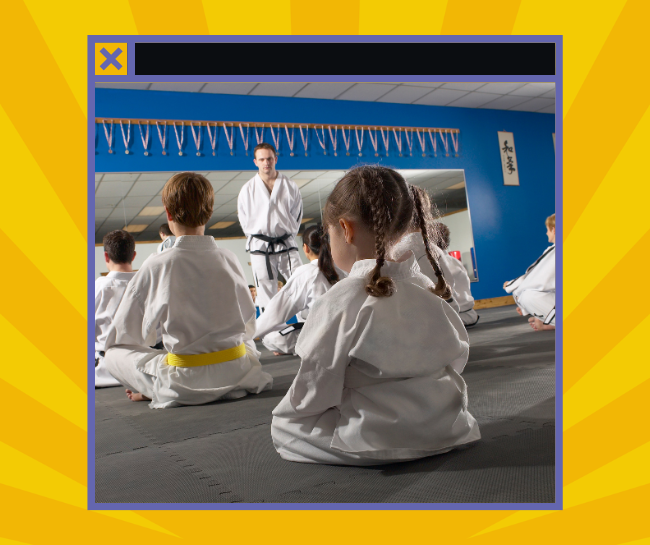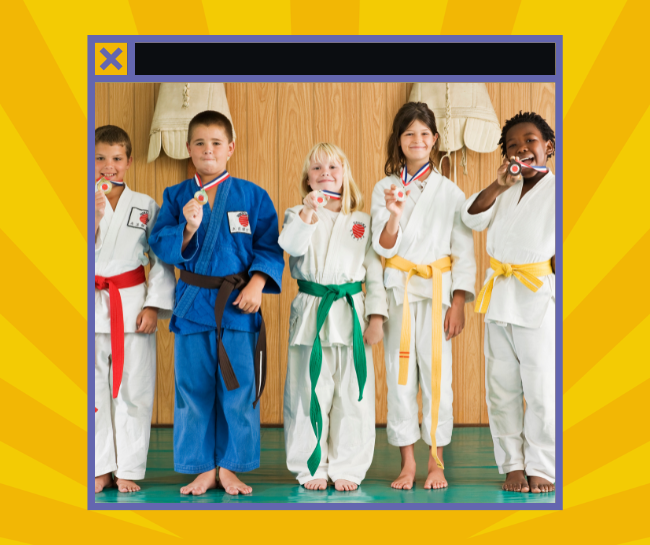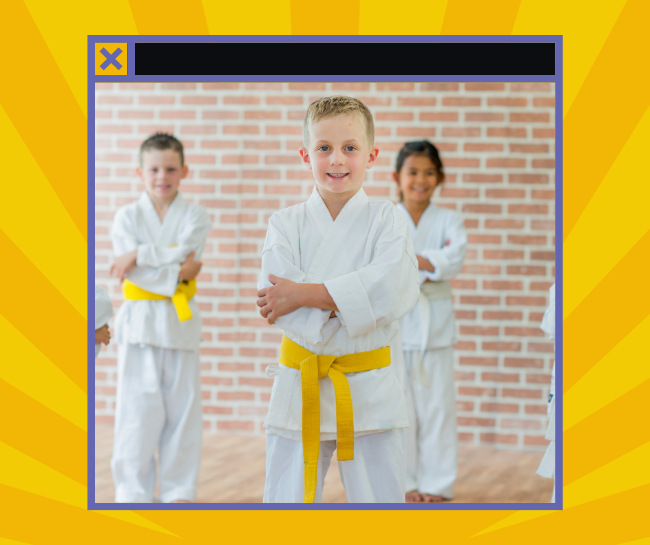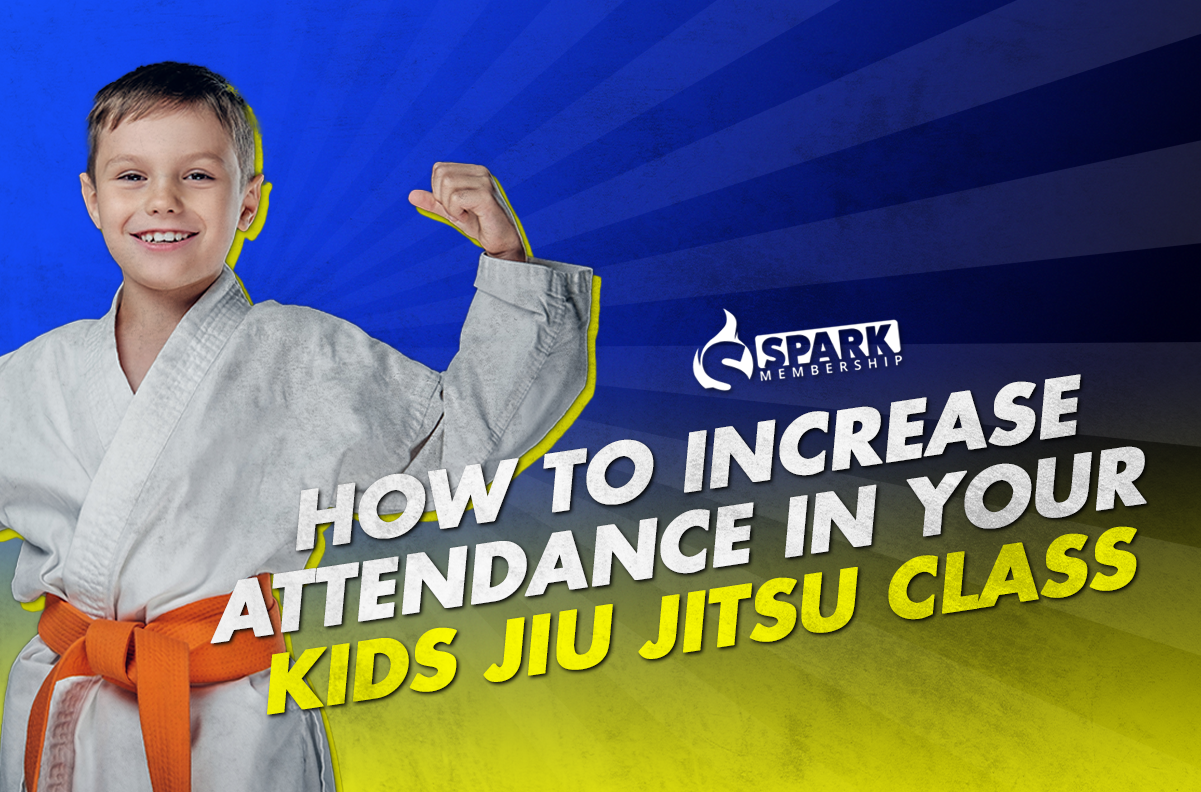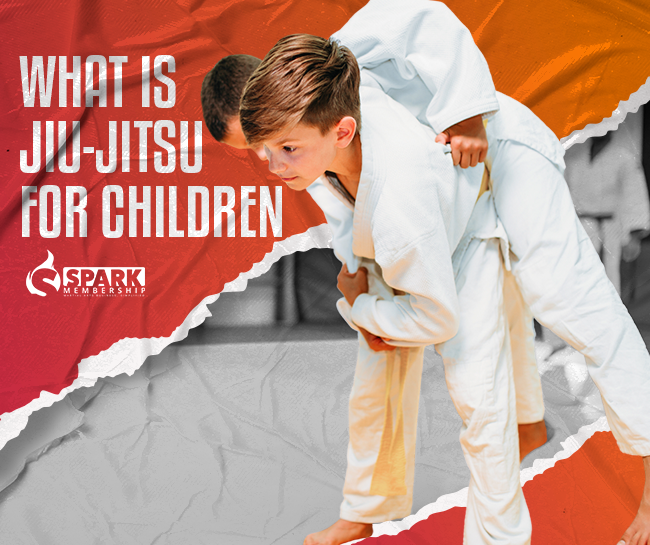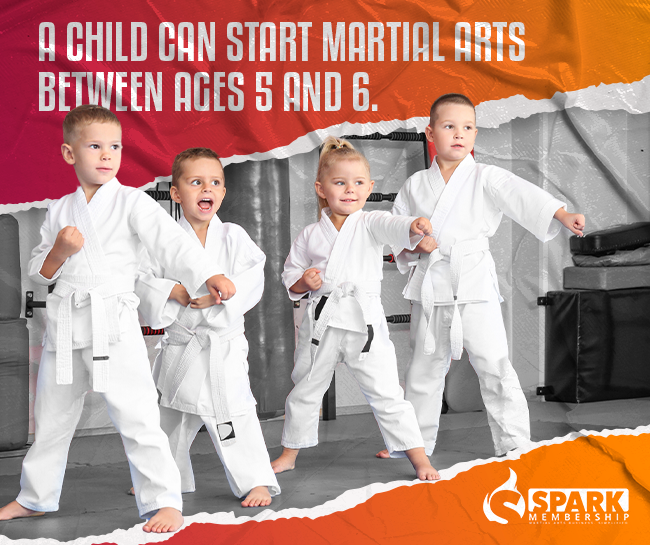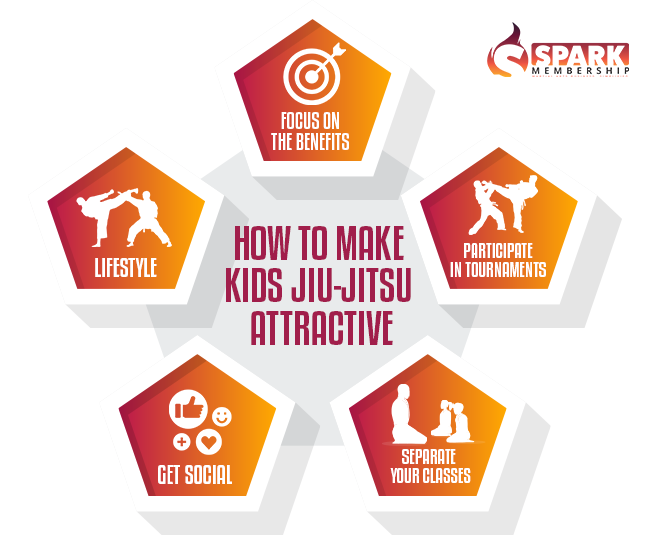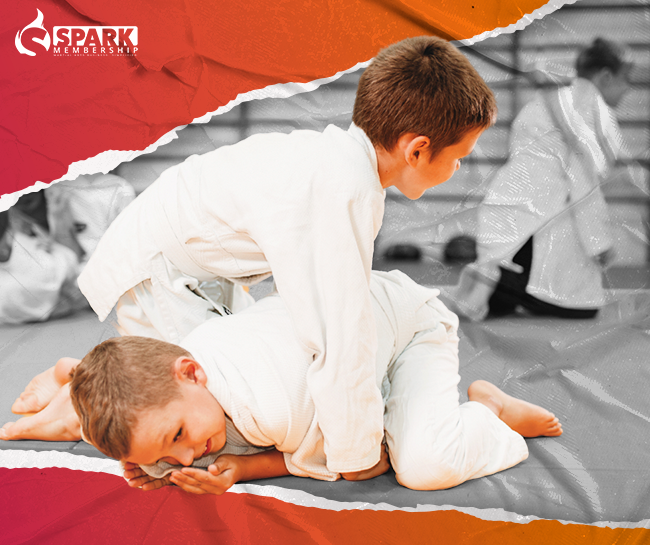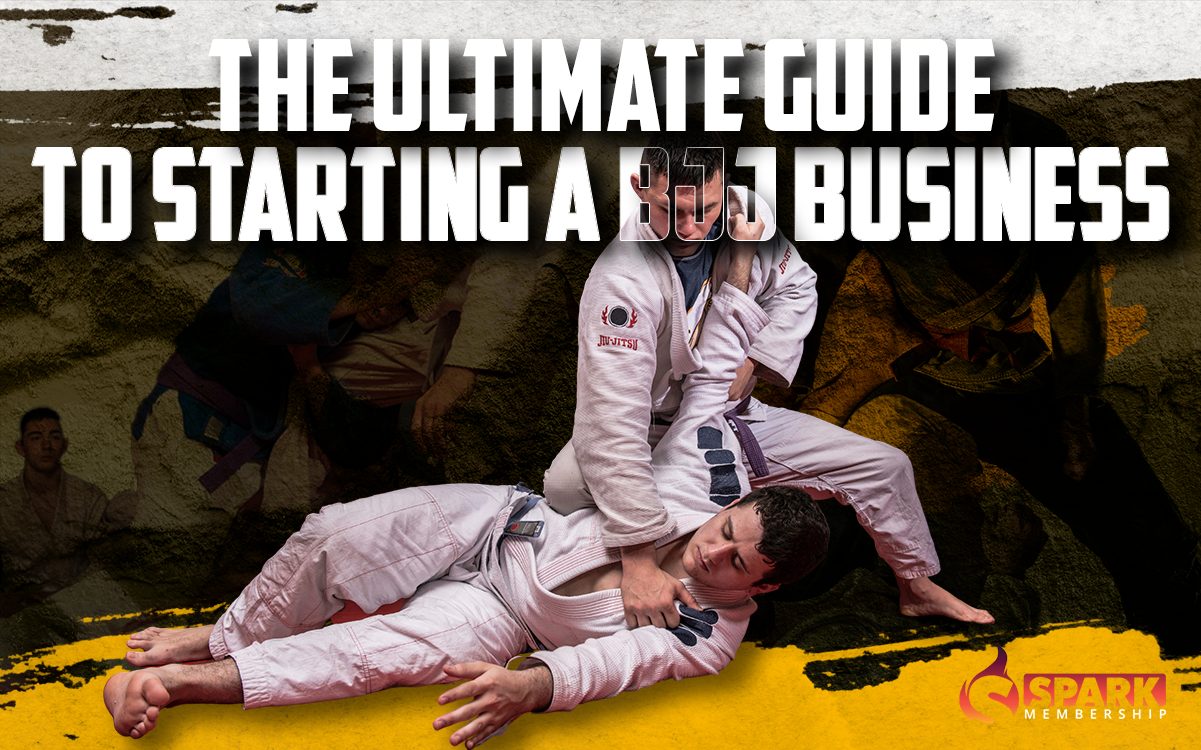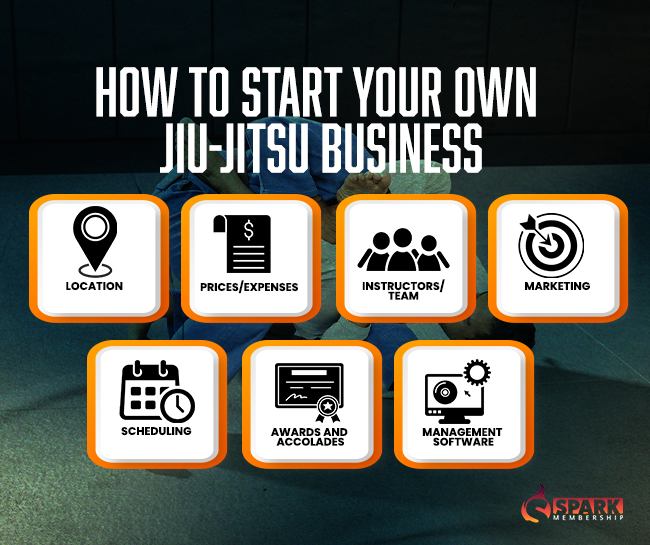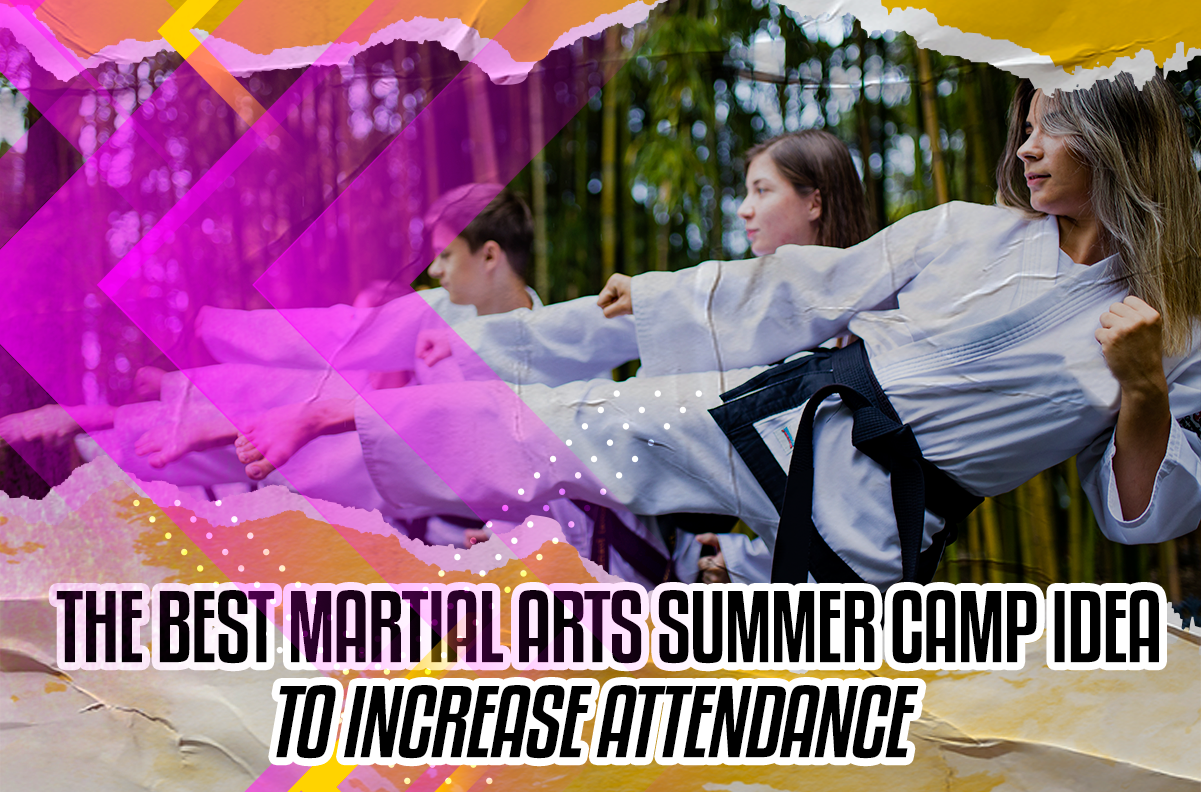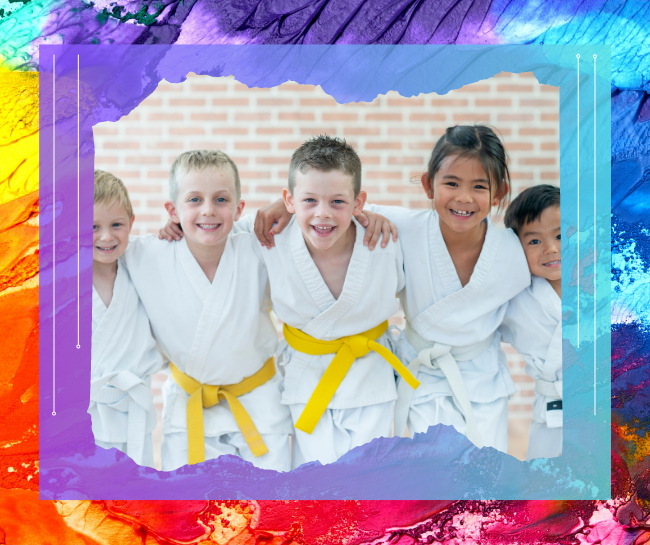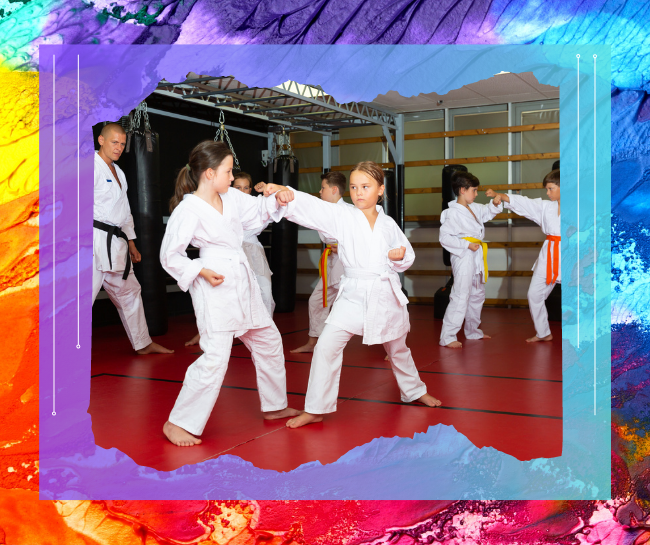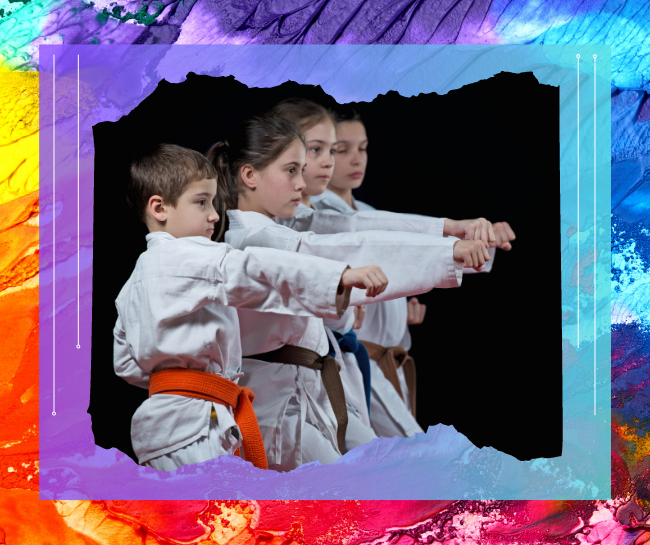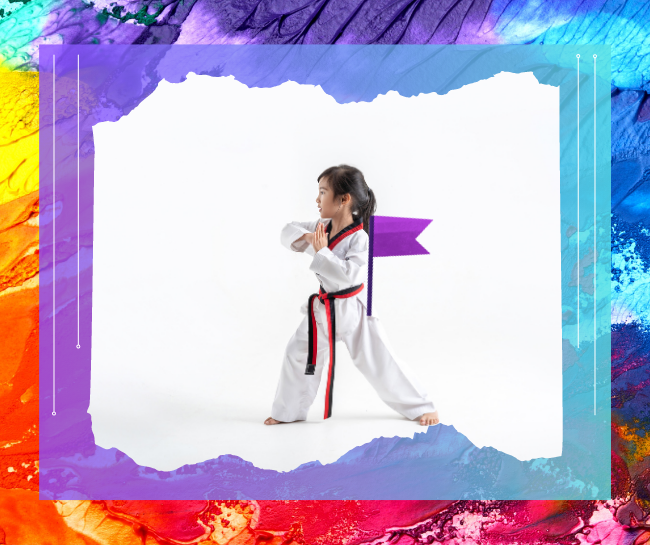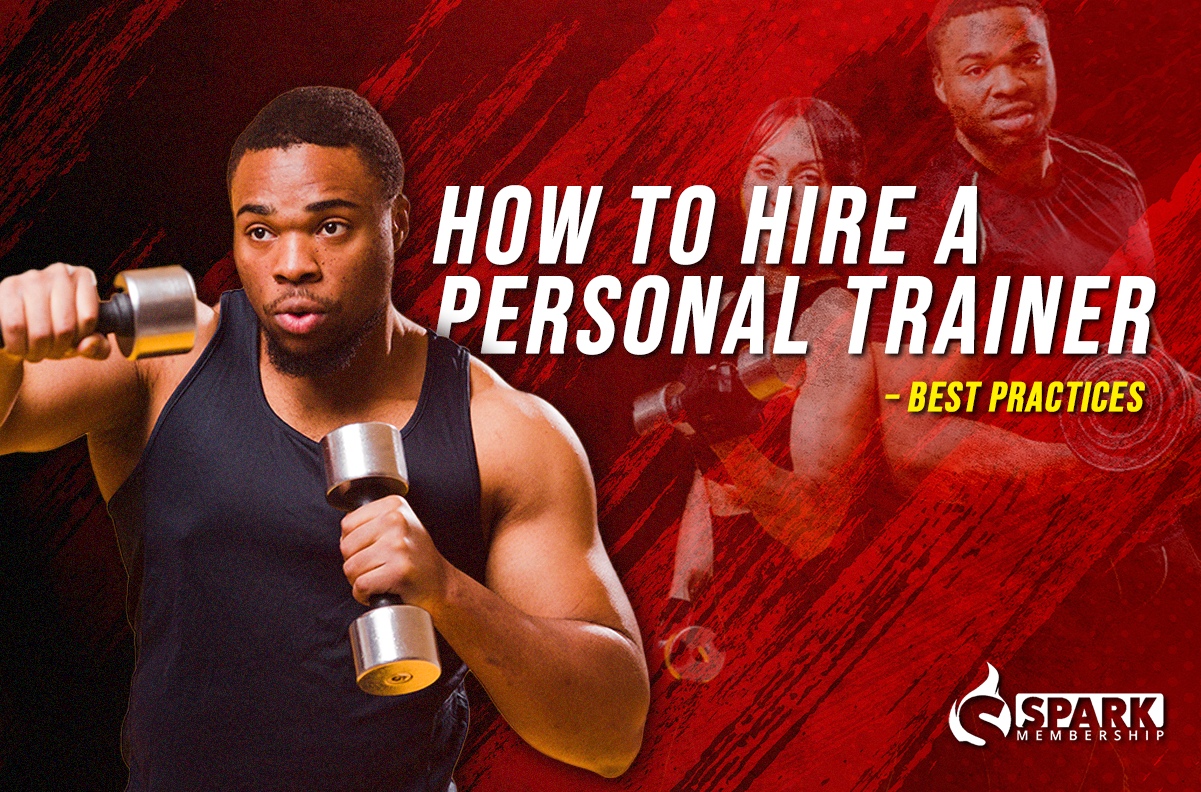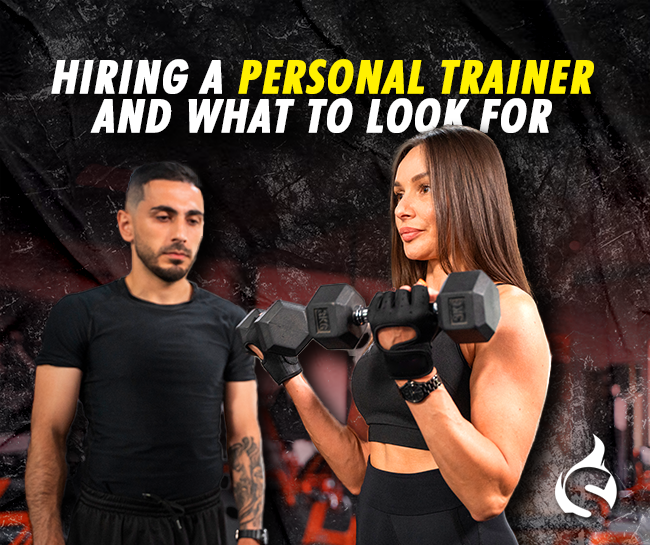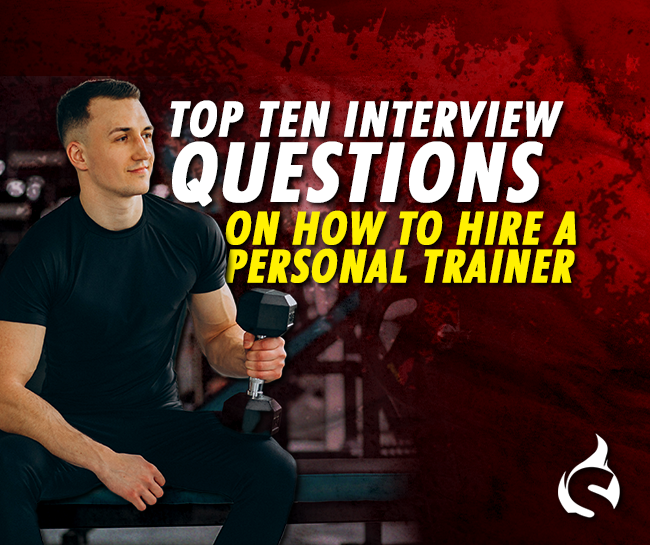
Digital Marketing is an area that shouldn’t be overlooked in your dojo. Regardless of the position you find yourself in. Digital marketing can help to elevate your brand to new levels, even if you are growing steadily with offline methods. Having an online presence is statically advantageous, as 90% of people have mentioned that a positive review influenced their buying decision or that outbound marketing costs 62% less than traditional inbound marketing.
It is hard to ignore the importance of having a digital presence in the modern world. This article will talk about the importance of a digital brand, the key points to that approach, and finally, how to create an effective digital branding and marketing strategy to dominate your industry space.
Did you know 🤔?
It takes about 3 to 7 years to become a black belt, though everyone goes at their own pace!
Why Do I Need a Good Digital Brand

Based on the above, it is clear that a good digital brand is necessary for customers to find you in our modern and digitized world. Other than the obvious benefit of creating an online brand, a subsequent digital marketing strategy has unseen benefits that can effectively place your customer acquisition on a measurable and predictable scale.
An extremely tenable digital brand establishes your company’s culture, increases your reputation, and further develops the recognition and association with your dojo and its services. Many people believe that having a website and social media site is enough to build an entirely digital presence, but that is often a way for service providers to sell you programs. A true digital brand encompasses five key areas, which will be outlined below.
The Key Areas of a Digital Brand

Before implementing your digital karate marketing ideas, we must first establish a good brand. Without brand recognition, it is extremely cost-ineffective to launch an entire strategy from nothing. Start with what you have. For example, if you already have a great offline brand, focus on transitioning that online using the following points:
- Your online brand should be more than just a logo and campaign. It should answer the questions “who are we?” and “What do we believe in?”.
- It should match the value systems of your current and potential students. Every message or post you write must reflect this.
- It is an expression of your audience’s perception of your dojo and not your own. Keep this in mind in your communications and media actions.
- It is focused on the ideal customer you want to attract and does not cater to the general public. Your audience must feel they are part of a family headed towards the same goal.
- It must first identify the audience’s needs, and then find an effective way to communicate the solution.
Effective Digital Marketing Techniques to Complement Your Online Brand
Once you have looked inward to find your core values and developed a roadmap to establishing an online brand, it is time to communicate this message through various digital karate marketing ideas and techniques to reach your audience and generate qualified leads. Below are the top four most important digital marketing techniques:
- Content Marketing

This provides you with a way to become a thought leader in your space and establish authority in the industry. Your students only want to learn from the best, so show that you are knowledgeable. The most important way to achieve this is to focus more on mobile content, as making your mobile atmosphere attractive and engaging will yield better results.
- Social Media Marketing

Including both paid and organic traffic, Social media marketing remains the number 1 way to build an online brand and reach your ideal audience. Schedule your posts, drive engagement, communicate regularly and remember to use the power of social media ads on large platforms such as Facebook, TikTok, and best of all, Instagram.
- Search Engine Marketing

This strategy, overall, combines paid search Google my business (GMB) and developing a great SEO strategy. Google remains the number one search engine by a large margin, so it is important to get exposure to this traffic in any way possible. Setting up a GMB account is free and allows local users to search for you and view positive reviews, which acts as positive social proof. Combing your GMB with a powerful SEO strategy and using Google Adwords will drastically improve your quality traffic.
- Automating Your Outreach and Follow Up

Proper leads need nurturing, so when creating your emails, posts, content, newsletters, and other communications, you will want to revisit, remarket and provide offers for unconverted leads and upsells. The best way to do this is to download dojo management software. Spark Membership remains the number #1 solution on the market, and you can try it now for just $1.
